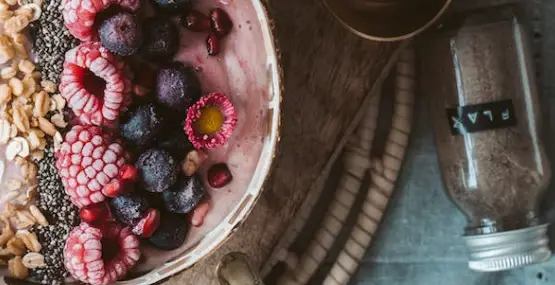
Overfed but undernourished
How your child is starving even though they have plenty to eat
-Who knew these terms could be used together? Not many, which is why we want to explain how these terms can coexist when your child is eating too much, yet still not receiving adequate nutrients.
Our bodies require energy in the form of calories, and proteins, vitamins, minerals and fluid to operate efficiently. Calories are made up of the macronutrients: carbohydrates and fats, which each play an important role in our body. Vitamins and minerals are considered micronutrients because we require them in much smaller amounts (you may only have a teaspoon of some of them, yet they are still very essential to our being).
It is important that we get energy from carbohydrates, proteins and fats, in addition to vitamins, minerals and fluid in our diet each day. That may seem difficult after glancing at the long list of vitamins and minerals, but foods like fruits, vegetables, dairy; whole grains and lean protein sources contain many of these in just one serving.
In fact, as long as you follow the "My Plate" guidelines developed by the Center for Nutrition Policy and Promotion at the US Department of Agriculture to help parents and caregivers, your child should get the nourishment he or she needs. Following My Plate ensures that each meal is well-balanced. The five sections (fruits, vegetables, grains, protein and dairy) provide you and your family with right amounts of fluids, macro- and micronutrients needed.
Figure 2

However, if your family lacks in one of the plate's sections, or fills up on snacks that aren't healthy, under-nutrition can result. To help you and your children stay healthy, it is important to understand the difference between "energy-dense" and "nutrient-dense" foods and beverages.
You Will Be Healthier Eating Nutrient-dense Foods Instead of Energy-dense snacks
Energy-dense items include sodas and juices, chips, cookies, and other snack items that offer little nutrition in return for the high amount of calories.
Nutrient-dense on the other hand, refers to foods providing "more bang for your buck" in terms of nutrient provision. Examples of nutrient dense foods are fruits and vegetables, whole grains, lean protein sources and low-fat dairy products.
This is where the term "overfed but undernourished" comes into play. Your child may be receiving the enough (or too many) calories, but if the source is solely energy-dense foods, they may still be under-nourished. For example, if your child were to eat two-hundred calories from potato chips they are ingesting significantly fewer nutrients than if they were to choose a two-hundred calorie yogurt parfait with fresh fruit. In summary, the source of calories is just as, if not more, important than the amount of calories your child consumes.
The problem isn't just that the overfed child is going to gain excess weight, especially if they eat energy-dense foods and don't exercise enough, but that they will have greater likelihood of developing type II diabetes and cardiovascular disease, both of which are among the top ten causes of death in the United States.




